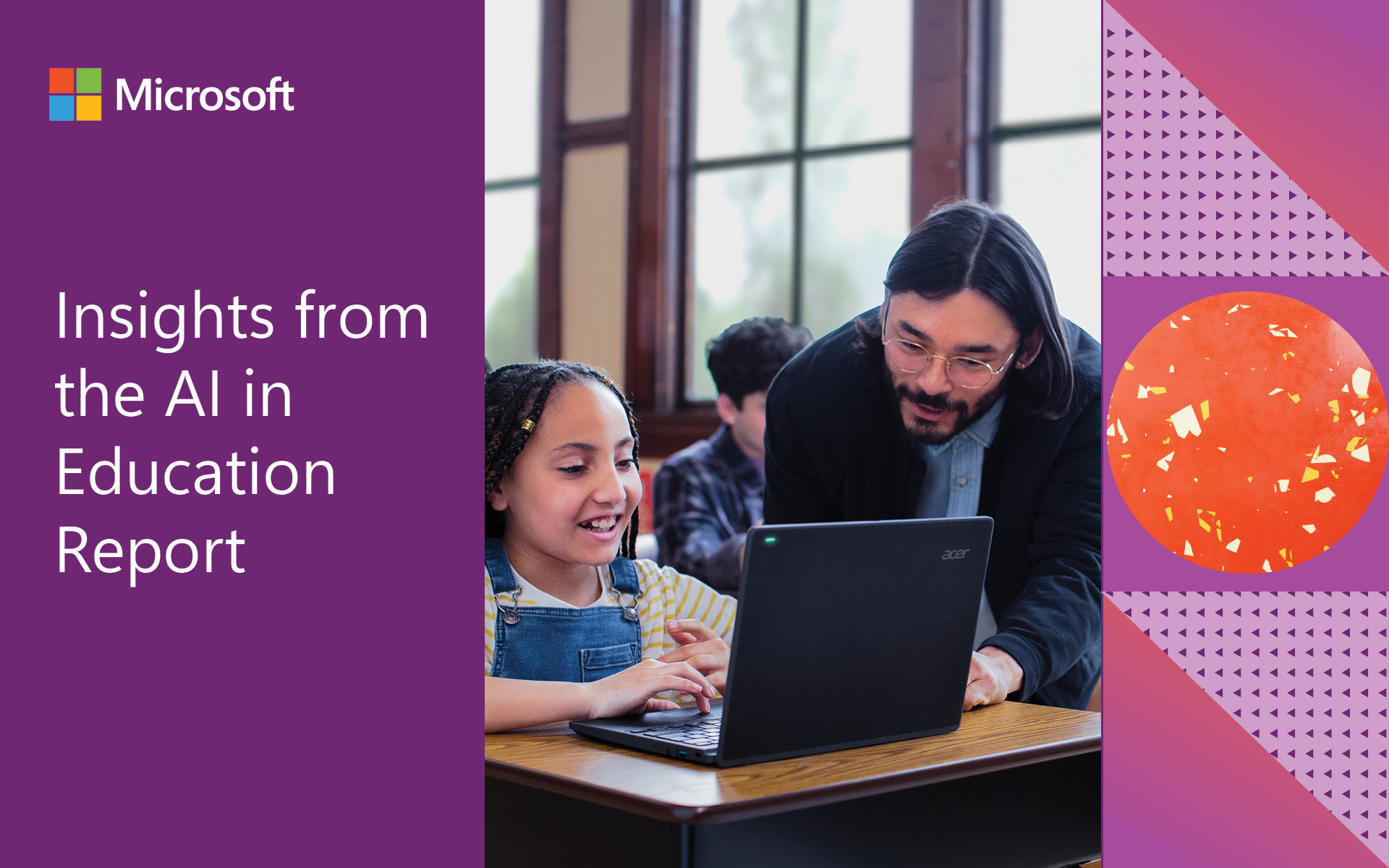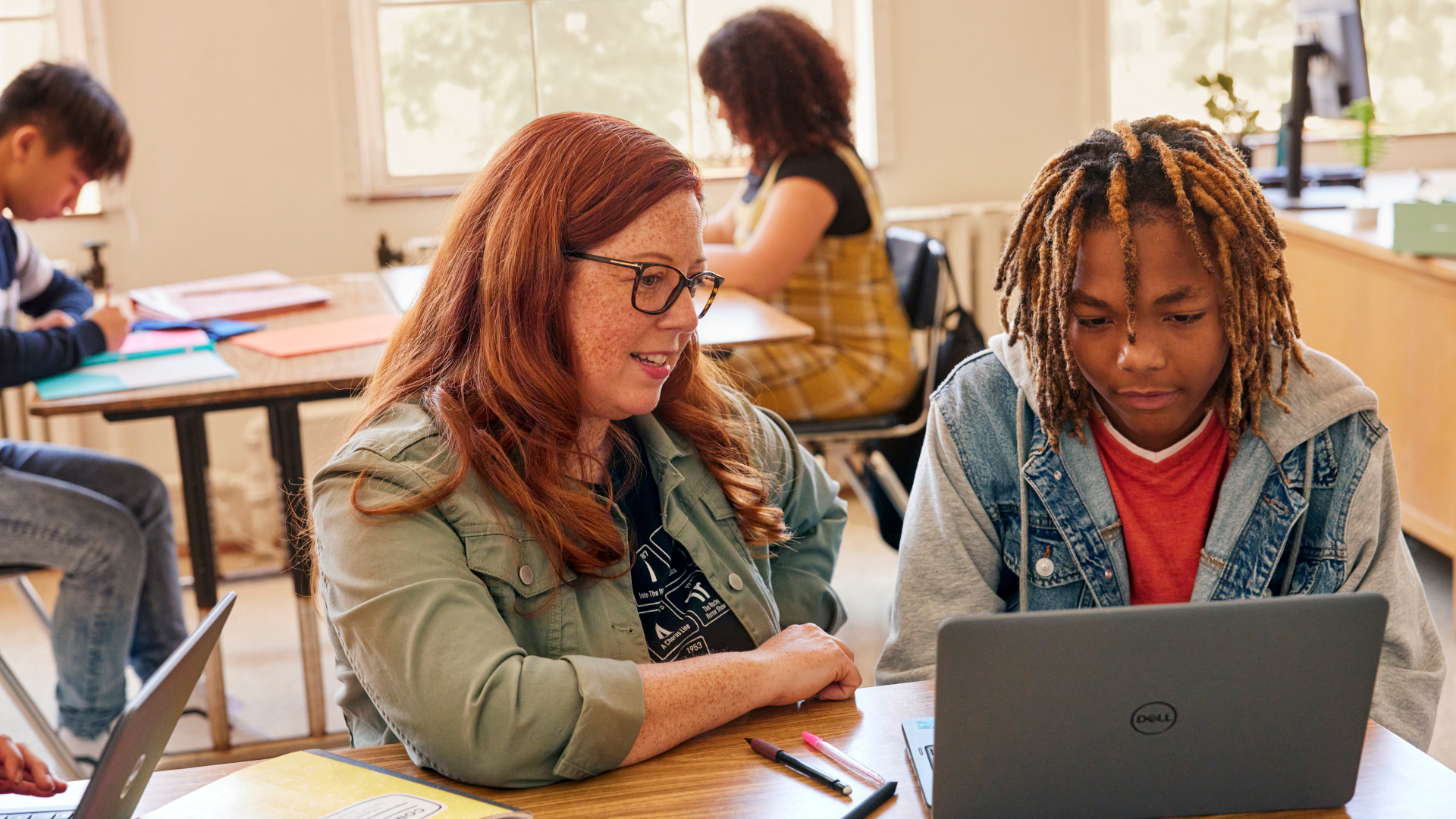Since being introduced to Microsoft Office 365’s accessibility tools three years ago, I’ve found my passion for teaching vigorously reignited. After 29 years in the classroom, I thought I knew all the tricks of the trade, but tools like Skype have helped re-frame the possibilities for me and my students.
It was three years ago that I was invited to join a Digital Innovators Group here at Chippewa Valley Schools in Clinton Township, Michigan. Those who joined were provided a Surface Pro and encouraged to explore Microsoft Education resources and become a Microsoft Innovative Expert.
The Digital Innovation Group introduced me to Skype in the Classroom. From my first session, a virtual field trip with a group of second graders for World Oceans Day, I was hooked. Since then, my students have participated in Skype-a-Thon as well as many other virtual field trips. By the end of this school year, my students will have Skyped 23 times and virtually traveled over 35,000 miles.
This past March we were fortunate to Skype with authors Cressida Cowell, Julie Fortenberry, Kevin Kurtz and Kelly Starling Lyons for National Reading Month. We also had daily Skype sessions with the Microsoft Team during December’s Computer Science Week and learned firsthand from Dr. Jane Goodall’s Roots and Shoots organization what we can do to protect animals and the environment. To help with their conservation efforts, we pledged to grow and maintain butterfly bushes and varieties of milkweed.
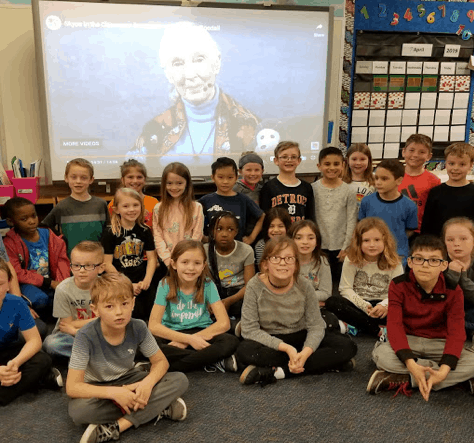
A class “selfie” with Dr. Jane Goodall.
Skype has allowed my students to travel the U.S. from the comfort of our classroom. We’ve enjoyed guided tours from park rangers at several national parks. We visited Yellowstone and Fossil Butte, as well as a few California State Parks including Point Lobos where we learned about kelp beds, saw the Giant Sequoias of Calaveras and explored Lake Tahoe, the second deepest lake in the United States. We learned about dinosaurs and fossils at the Alf Museum in Claremont, California. We traveled to Bimini to learn about sharks with Sharks4Kids, visited an elephant sanctuary in Hohenwald, Tennessee, and shared Squiggle drawings with a classroom in Wichita, Kansas.
Obviously, Skype has also allowed my students to visit places they may never have the opportunity to visit in person. Next year, I hope to Skype consistently with more classrooms and try international Skype sessions.
Since joining DIG and taking classes with Microsoft Education, I feel more invested in technology and STEM education than ever before. I’ve implemented STEM Friday in my classroom, when we take the afternoon to focus on a variety of STEM activities like coding lessons through Code.org and MIT’s Scratch. The past two Decembers, we’ve invited parents to join us during Hour of Code week as we learn how to code. It’s been exciting to watch my students master Building Brick Challenge Kits for Grades 3-5, K-Nex, Lego, Tubular Pipes & Spouts, Marble Mazes (regular and 3D), and Ozobot robots.
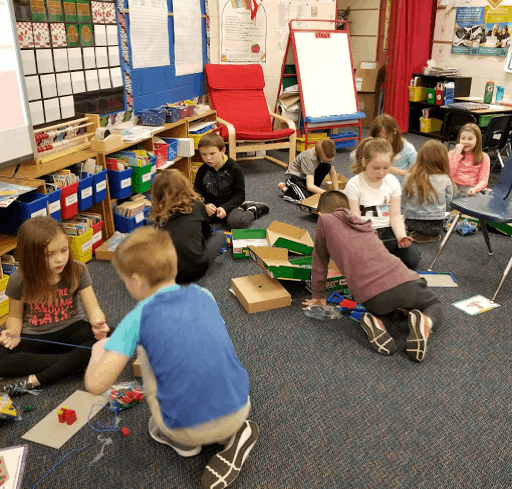
Students cooperatively building a variety of objects using Building Brick Challenge Kits.
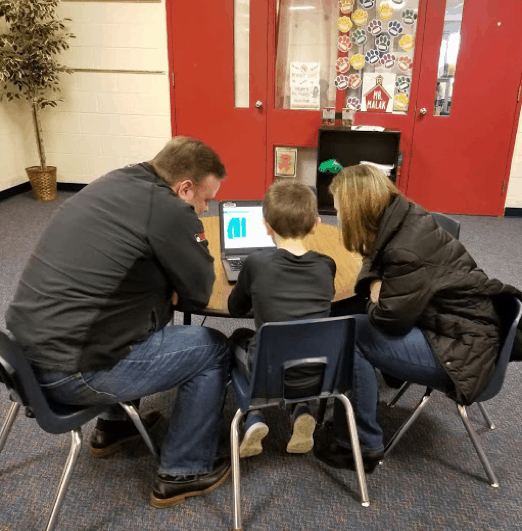
Teaching parents how to code using code.org during Hour of Code week.
By giving students the opportunity to become more involved in STEM and technology, I’ve seen growth in all areas of the curriculum. They have become stronger communicators and problem-solvers and are willing to take more chances in everything they do in the classroom. So now, when people ask me if I’m ready to retire after 29 years, my answer is a resounding “NO!”
With the support of the Microsoft Education Community, new technology at my fingertips, a roster of exciting places to take my students with Skype, and all of the opportunities opened for them through STEM education, I’m going to be here for a long time.

